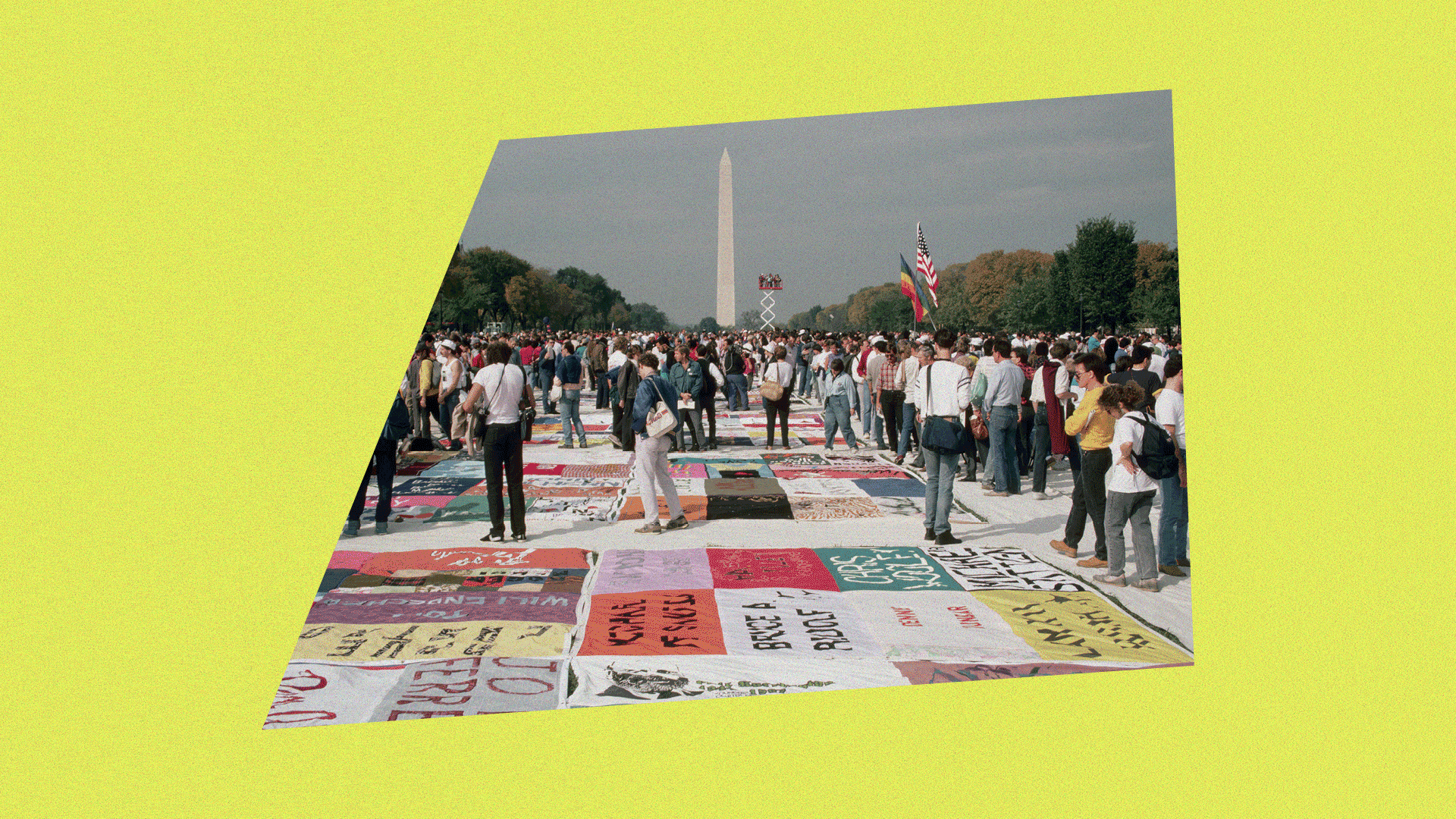INTERVIEW: A Look Into The Future: Four Pivotal Queer Artists Discuss Their Most Powerful Work [Preview]
Whether you’re spending your Pride in quarantine or protesting on the streets, your life has likely been touched by the power of the image these past few months. Perhaps it’s the television you’ve watched to stave off boredom, or through the haunting videos of police brutality that have inspired millions to don their masks and demand justice and change. Perhaps you were one of those millions, or perhaps you were the person behind the camera, documenting it all.
As Toni Cade Bambara famously declared, “the role of the artist is to make the revolution irresistible.” Art, and its ability to harness and complicate power, has played a key role in a variety of activist movements, including ACT-UP’s 1989 “Kissing Doesn’t Kill” AIDS awareness campaign and the performance art interventions of the 1999 World Trade Organization protests.
Art, especially in the public sphere, confers value, legitimacy, and recognition to its subjects, and art is present in this moment of change, both arising from the grassroots and being commissioned by those in power. Reflecting the mood of the times, statues of Confederate generals are being toppled nationwide, while murals honoring Black people killed by police have sprung up on plywood walls. Leaders of cities like Washington D.C. and Cleveland have attempted to stake their claims as allies to the Black Lives Matter movement by commissioning much-critiqued street murals, even as local artists in Seattle’s Capitol Hill Organized Protest transform Pine Street into an organic expression of solidarity and defiance.
For We Are Everywhere, them.’s 2020 Pride issue, we invited artists Julie Mehretu, Lola Flash, Carlos Motta, and Vaginal Davis to discuss integral works of art from their careers. Below, we consider how they evoke a queerness that is about resistance, resiliency, and the creative will to envision a different future...
Full story here!

Comments
Post a Comment